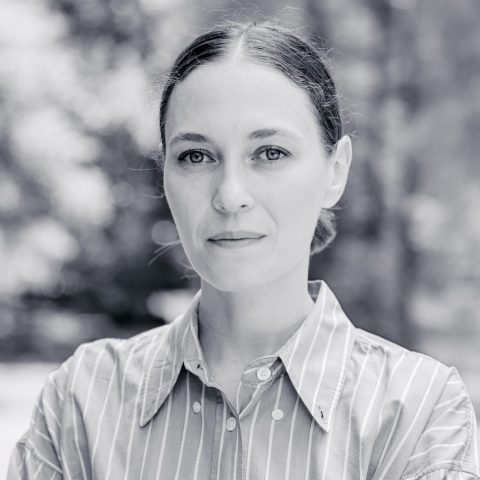Aurélie Frolet
Assistant Professor

School of Architecture, Planning and Landscape Architecture
Bachelor of Architecture
EDUCATION
Master of Architecture, Cornell University College of Architecture, Art, & Planning, 2018
Bachelor of Arts, University of Georgia, 2010
Aurélie Frolet is an Assistant Professor of Architecture in the Auburn University School of Architecture, Planning and Landscape Architecture where she teaches first-year design studio and visual communication. Before coming to Auburn, Frolet was an Assistant Teaching Professor at Syracuse University School of Architecture where she taught courses in design and drawing.
Her area of scholarly focus is at the intersection of water infrastructure and architectural design in the city. She has explored this interest in her design work, both with ASDF, the award-winning practice she co-founded with her partner David Shanks, as well as independently. She has investigated the agency of architectural design to shape water infrastructure in her independent research such as “Acqua Urbana”, the research proposal for which she was awarded the Eidlitz Traveling Fellowship through Cornell University, and for which she was also named Honorable Mention for the Steedman Fellowship through Washington University in St. Louis.
Frolet has previously worked as an architectural designer in the offices of Bjarke Ingels Group (BIG), Morris Adjmi, and Halard Halard. She received her M.Arch degree from Cornell, where she was awarded the Richmond Harold Shreve Thesis Prize, and her B.A. in comparative literature and Chinese language from the University of Georgia. Frolet also studied Chinese literature and language at Tsinghua University in Beijing, China for one year.
RESEARCH INTERESTS
As a designer and educator, she is engaged in interdisciplinary practice that operates between architecture, landscape, and urban scale infrastructure. Her work argues that it is necessary to discuss not only the technical performance of infrastructure, but how the appearance of infrastructure can be designed to make legible the constraints, contexts, and multivalent opportunities of that performance. An important part of her design process includes examining precedent to speculate on new potentials for infrastructures.